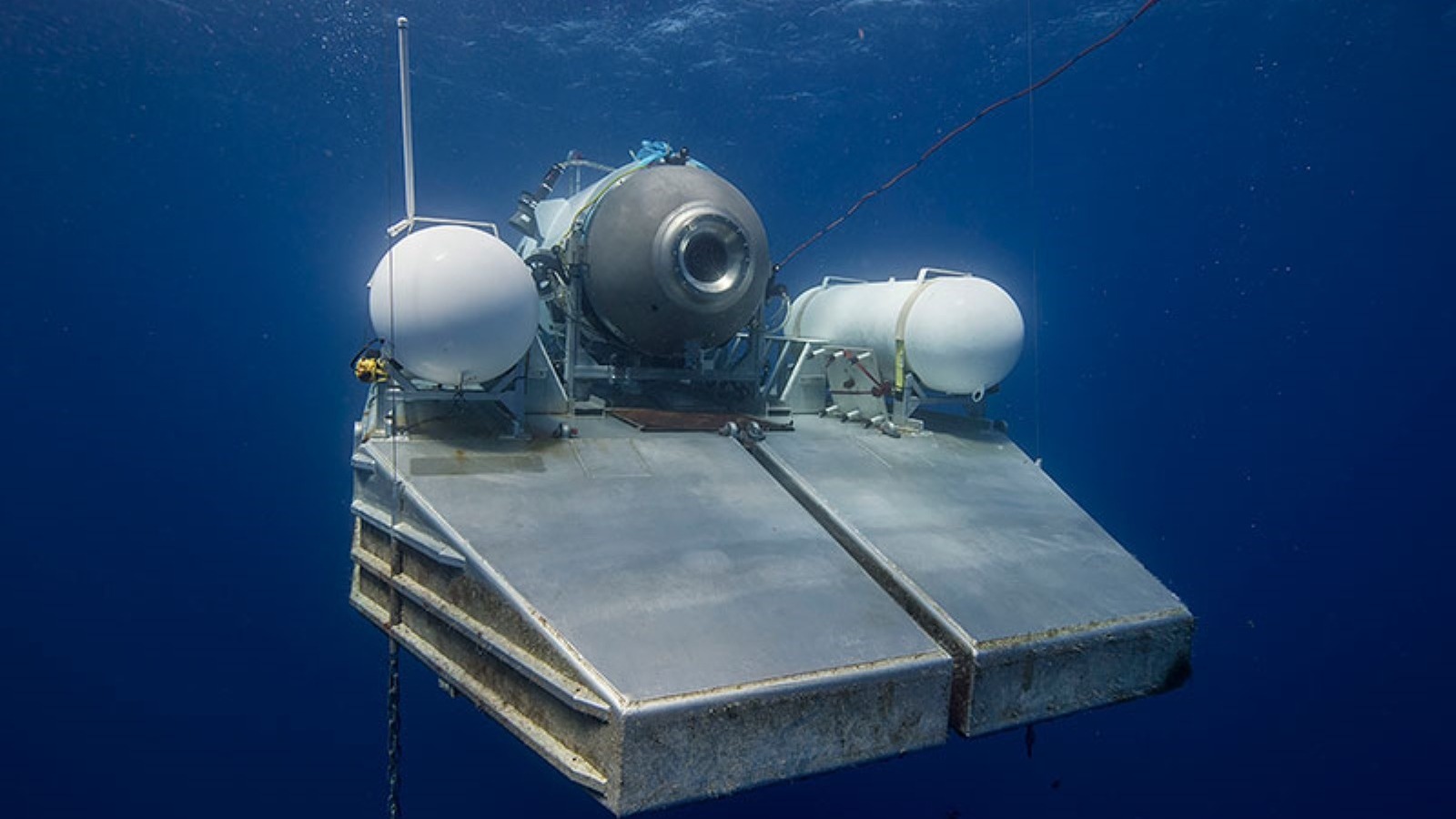Why The Titan Sub Was Doomed To Fail – SlashGear

This concept expands, to a massive degree, when deep sea diving — the world where OceanGate operated. As one would expect, there are numerous regulatory bodies to ensure that submersibles don’t implode several miles under the waves. From seemingly the beginning, OceanGate and its CEO Stockton Rush had an adverse attitude towards safety.
On the Unsung Science podcast by CBS News, Rush said: “You know, at some point, safety just is pure waste. I mean, if you just want to be safe, don’t get out of bed. Don’t get in your car. Don’t do anything. At some point, you’re going to take some risk, and it really is a risk/reward question. I think I can do this just as safely by breaking the rules.”
There’s a huge logical flaw in Rush’s thinking. Everything he mentions — your car, your bed, etc. — are all regulated to be reasonably safe. Your car is inspected by the National Highway and Traffic Safety Administration, and your mattress is made of certain materials that prevent it from collapsing, catching fire, or irritating your skin. When Neil Armstrong, Buzz Aldrin, and Michael Collins set off on the Apollo 11 mission, they were violating some safety practices by exiting the Earth’s atmosphere and landing on the Moon for the first time in human history.
That’s not the case with Titan’s mission of visiting the wreck of the Titanic, a feat that has been done multiple times by several different people — including “Titanic” director and deep-sea expert James Cameron, who said to ABC “I’m struck by the similarity of the Titanic disaster itself, where the captain was repeatedly warned about ice ahead of his ship and yet he steamed at full speed into an ice field.”
For all the latest Games News Click Here
For the latest news and updates, follow us on Google News.
